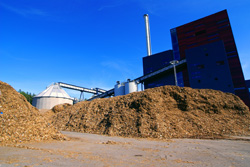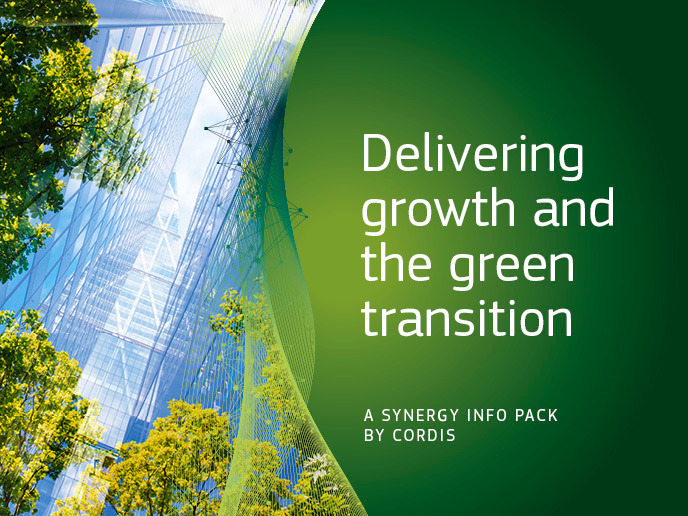Improved use of biomass for energy production
Growing interest in the use of organic materials as feedstock for energy production is based on their high carbon content, similar to that of fossil fuels. However, burning fossil fuels releases tremendous amounts of carbon dioxide (CO2) that was sequestered for millions of years (hence, the term fossil) into the atmosphere, whereas burning biomass releases CO2 back into the atmosphere much as would normally occur in the carbon cycle with natural decomposition. The ‘Biomass fluidised bed gasification with in situ hot gas cleaning’ (AER-GAS II) project was initiated to develop a novel method for biomass gasification with significant improvements in flexibility, cost and product quality compared to existing technologies. Specifically, the researchers focused on absorption enhanced reforming (AER) based on in situ CO2 removal. The process results in increased hydrogen production with decreased contamination from tar. In addition, the highly exothermic (heat releasing) CO2 absorption reaction can be used directly by the endothermic (heat requiring) gasification and reforming process. The researchers produced high quality gas from biomass with improved, low cost and widely available CO2 absorption materials (sorbents) using the AER process. A cost-benefit analysis showed that although initial investment in an AER plant might be higher due to larger size, operation costs were reduced due to less expensive materials and fewer process steps. In addition, the AER system enabled the use of low-cost fuels such as straw in combination with wood of varying moisture contents. AER-GAS II has provided significant technological improvements for biomass gasification relative to existing methods with superior product, enhanced flexibility and reduced cost. Implementation of the technologies could have important impact on the use of sustainable energy production with positive effects on the European economy and the environment.







